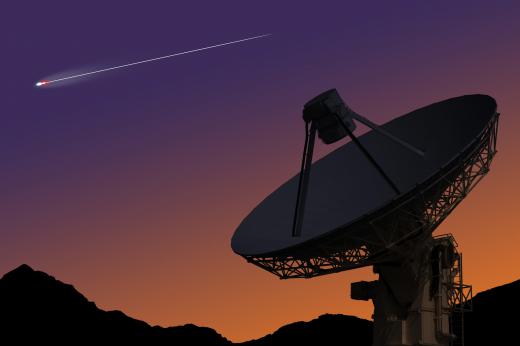What is the BoöTes Void?
 Michael Anissimov
Michael Anissimov
The Boötes void is the largest void in the known universe. It is a region 250 million light-years across, located in the direction of the constellation Boötes, which only contains a few dozen galaxies strewn in a rough tube shape through the middle. The Boötes void is so huge that its diameter is a whole 2% of the diameter of the observable universe. Discovered in 1981 by Robert Kirshner, Paul Schechter, Augustus Oemler Jr, and Stephen Shectman during a survey of galactic redshifts, the Boötes void is one of the first large voids discovered and is hence the most famous. Voids of this size are often referred to as supervoids.
The Boötes void is home to regions that probably have the lowest particle densities in the entire observable universe. Though the average particle density in the universe is estimated to be about one particle per cubic feet, the central regions of the Boötes void probably have particle densities several times lower than that. It is not known what quantities of dark matter exist within the void, but it would be particularly difficult to locate it, due to the lack of nearby galaxies whose gravitational behavior must be studied to infer its existence.

The Boötes void is so large that Greg Aldering, an astronomer presently with Lawrence Berkeley Laboratory, once remarked, "If the Milky Way had been in the center of the Boötes void, we wouldn’t have known there were other galaxies until the 1960s." If there are intelligent species on the few galaxies located near the center of the void, they'd have quite a task trying to engage in intergalactic colonization. It is suspected that these few galaxies exist within the void as a sort of "bubble wall," resulting from the merger of two smaller voids.
The size of the Boötes void is larger than that predicted by our current understanding of galaxy formation and large-scale structure in the universe, creating a bit of a mystery. It is thought that the Boötes void may have lower "set up" from the instant of the Big Bang, existing as a tiny spot of decreased density in a "primordial atom" of incredible mass that exploded to give rise to our universe. Although galaxies can clearly be seen in the direction of the sky where the Boötes void is located, it was discovered that all of these galaxies are either relatively close to us or relatively distant, with the great big gap in between consisting of the void.
AS FEATURED ON:
AS FEATURED ON:











Discuss this Article
Post your comments